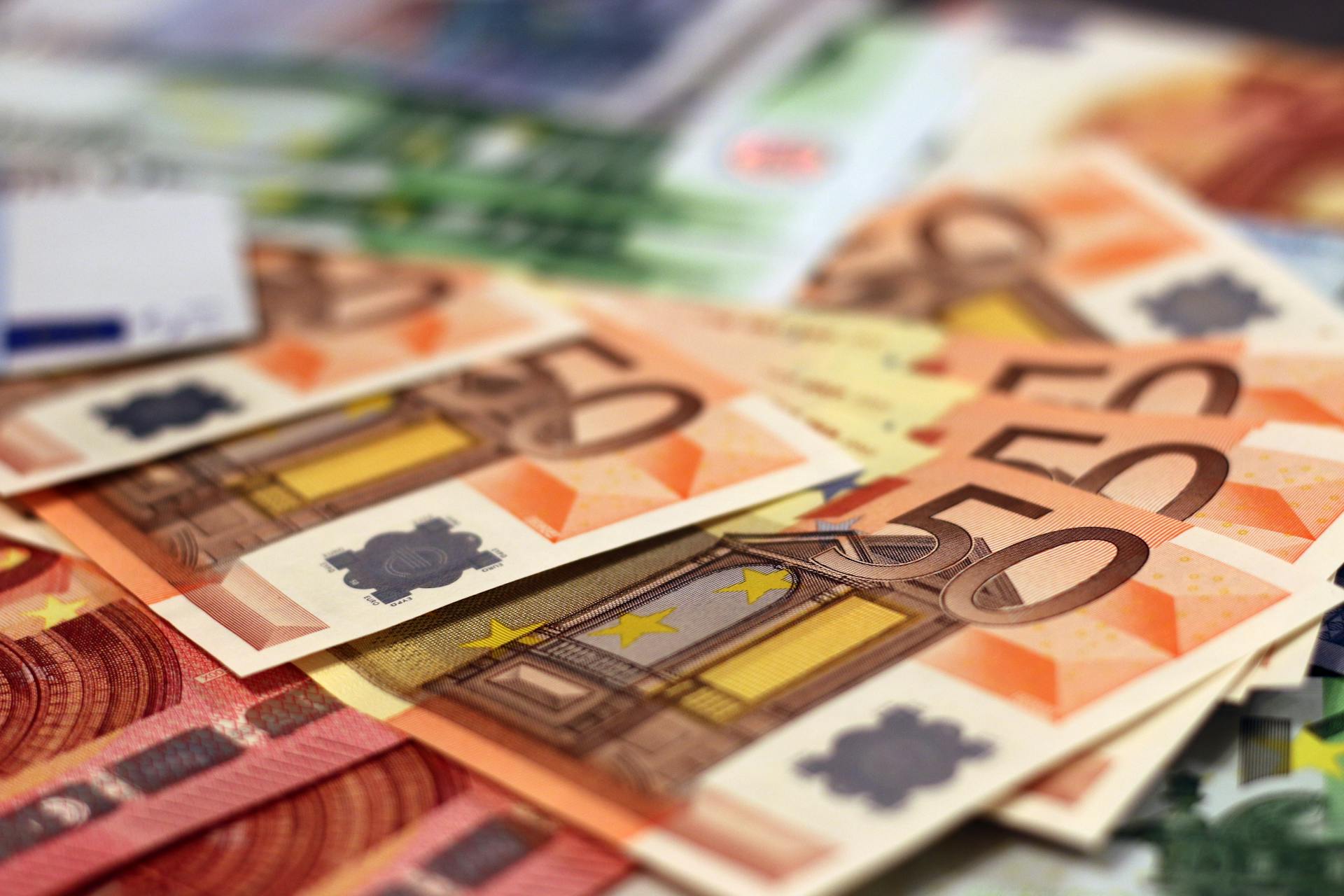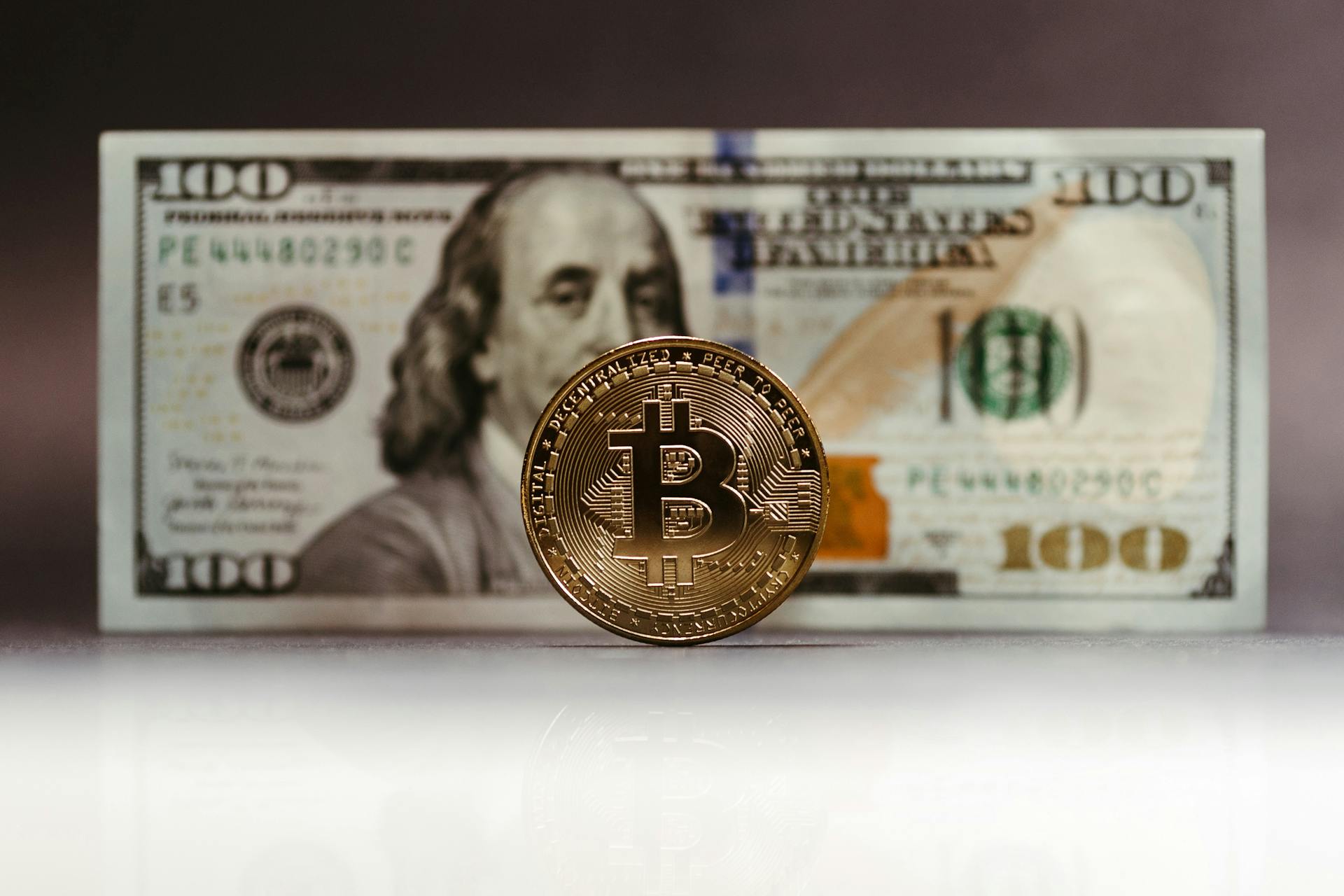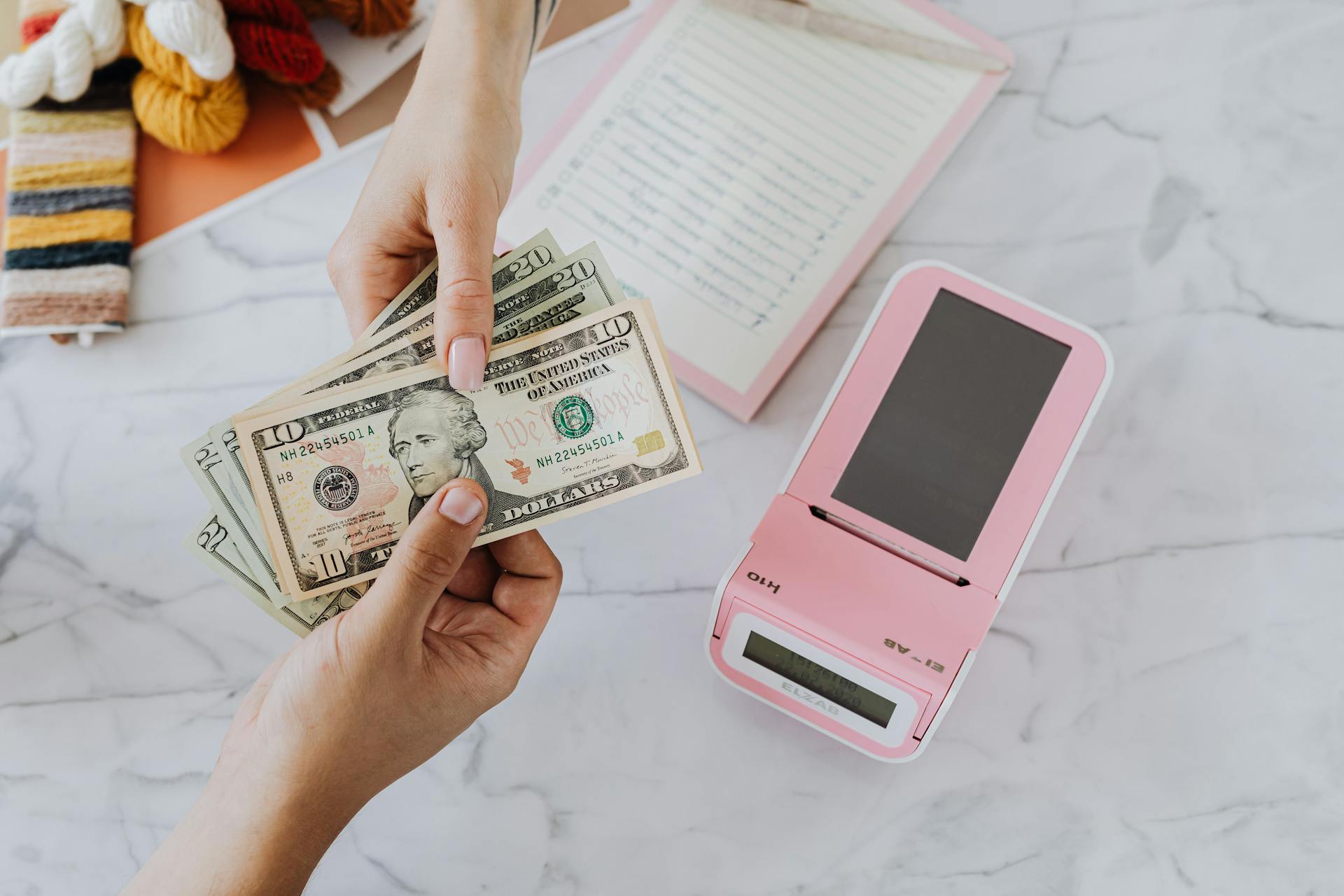
The US dollar is the official currency of the United States, but it's also widely used as a global currency.
The Ethiopian Birr, on the other hand, is the official currency of Ethiopia.
As we explore the dollar to birr currency conversion, it's essential to understand the exchange rate. The exchange rate is the value of one currency in terms of another, and it can fluctuate constantly.
In 2022, the average exchange rate was 1 USD to 43.5 ETB.
Take a look at this: Australian Dollar to Ethiopian Birr
What Is Ethiopian Birr?
The Ethiopian birr is the national currency of the Federal Democratic Republic of Ethiopia.
It's issued by the National Bank of Ethiopia, which manages its value through a dirty float.
Each birr is subdivided into 100 santims.
The currency takes its name from a local word for silver.
The currency code of the Ethiopian birr is ETB, and the symbol used in commerce is "Br".
As of August 2021, 1 ETB is equal to approximately USD $0.02.
Curious to learn more? Check out: Does Vatican City Have Its Own Currency
Ethiopian Birr History
The Ethiopian Birr has a rich history that dates back to the 19th century. It was initially based on the Maria Theresa Thaler, which was introduced in 1855.
The Maria Theresa Thaler was known locally as the birr or talari. It was divided into 20 ghersh or 40 bessa.
In 1893, the Ethiopian talari became the standard unit of currency. 200,000 talari were produced at the Paris Mint in 1894 for Menelik II.
The talari was equivalent to the Maria Theresa Thaler and was divided into 20 ghersh or 40 bessa. A new Ethiopian coinage appeared around 1903, featuring a silver birr with a quarter-birr and a silver ghersh.
The new silver birr maintained the same weight and fineness as the talari. The money of account became 1 birr, equivalent to 16 ghersh or 32 bessa.
The Bank of Abyssinia was established in 1905 by Emperor Menelik and a European banking group. It was officially inaugurated by Menelik on 15 February 1906.
You might enjoy: Ethiopian Bank Currency Exchange Rate
The Bank of Abyssinia put banknotes into circulation in 1915, denominated in birr in Amharic and thaler in English. These notes were initially used by merchants and foreigners but were not widely accepted.
The Bank of Abyssinia was reorganized as the Bank of Ethiopia in 1931, after Emperor Haile Selassie bought it out for £235,000.
Worth a look: The Bank United States One Thousand
Currency Denominations
In 2020, Ethiopia introduced new banknotes of 10, 50, 100, and 200 birrs, with the latter being a high denomination note to tackle inflation.
The 200 birr note was introduced to tackle inflation, and older issues of 10, 50, and 100 birr notes were demonetized in December 2020.
Over 113 billion birrs, equivalent to $3.6 billion, remain hidden from the banks, which the federal government believes is being used as a catalyst to the current instability in Ethiopia.
The federal government spent 3.7 billion birrs, or $101.2 million, to print the new banknotes.
Companies and individuals can only cash up to 1.5 million birrs, or $41,000, and the cash withdrawal from banks should not exceed 100,000 birrs, or $2,737.
Readers also liked: 1 850 000 Krw

The old 5-birr notes will remain legal tender but will be replaced with a coin.
The Bank of Abyssinia introduced banknotes for 5, 10, 100, and 500 talaris in 1915, with 280,000 talaris worth of notes being printed.
A 50-talari note was added in 1929, and over 1.5 million talaris in notes were circulating by that time.
The National Bank of Ethiopia took over note production in 1966 and issued all denominations except for the 500 birr.
In 1945, the Bank of Ethiopia introduced notes in denominations of 1, 5, 10, 50, 100, and 500 birrs.
Expand your knowledge: 10 Hk Dollar
Banking and Economy
The Ethiopian economy has a unique history, with the National Bank of Ethiopia managing the value of the birr against other currencies using a dirty float system since 1994. This system allows the central bank to intervene in foreign exchange markets to adjust the birr's valuation.
In 2017, the central bank devalued the birr by 15% to balance potential inflationary pressure from a trade deficit. The World Bank urged this move to address the limited availability of foreign exchange in the country.
As of 2021, Ethiopia has a fast-growing, non-oil dependent economy, with exports consisting of agricultural products and gold. The nation's GDP grew by 8.36% in 2019, according to World Bank data.
Readers also liked: Us Dollar vs World Currency
Sign Up in Minutes
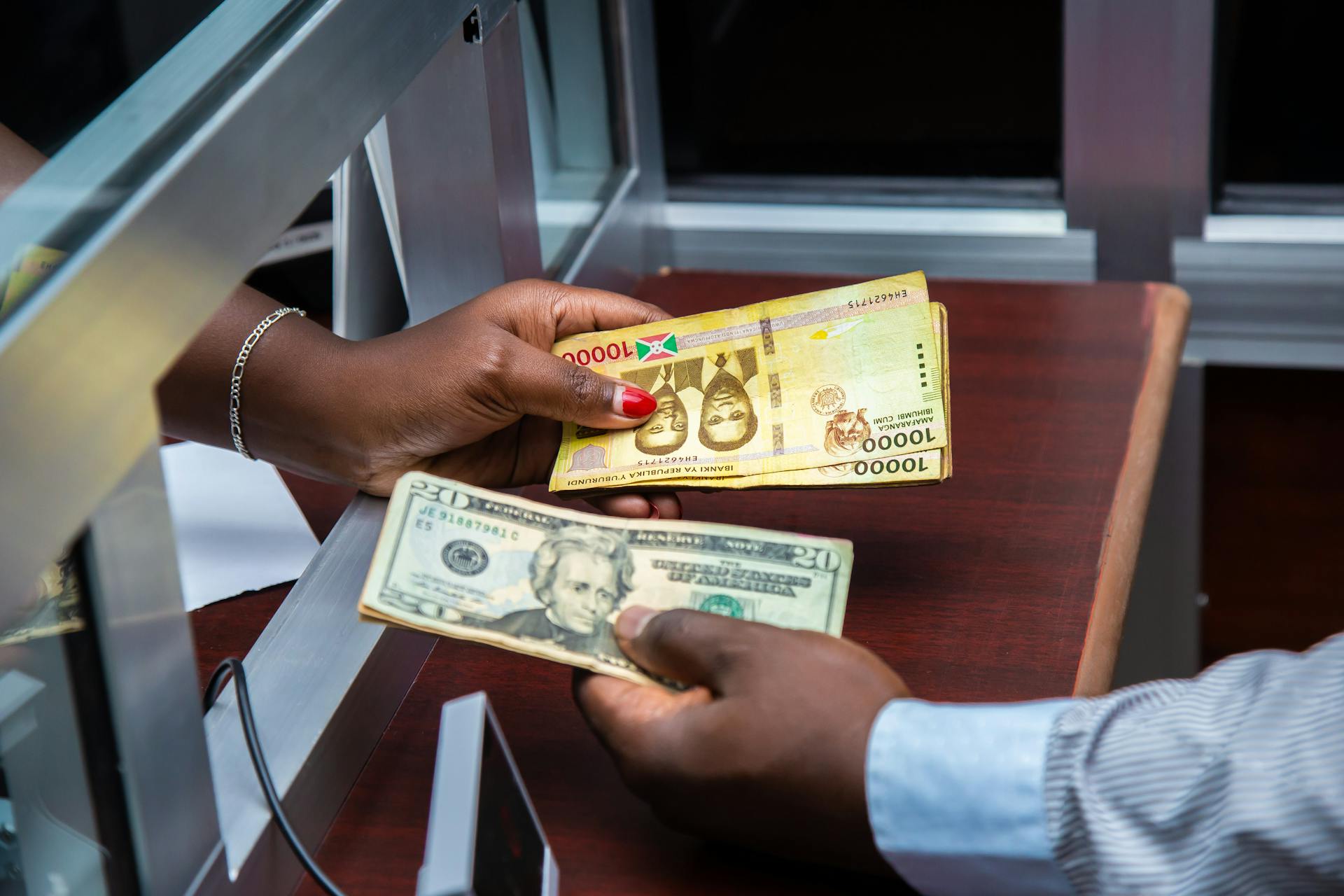
Signing up for a bank account has never been easier, taking as little as 5 minutes to complete the process. You can do this online, in-person, or through a mobile app.
In the US, for example, many banks offer online sign-up options that allow you to complete the application in just a few minutes. This is because the application process is streamlined, and you can upload required documents digitally.
The Federal Reserve reports that over 90% of banks in the US offer online banking services, making it convenient for customers to manage their accounts remotely.
Ethiopian Economy
The Ethiopian economy has a unique monetary policy, using a dirty float system since 1994, where the National Bank of Ethiopia intervenes in foreign exchange markets to adjust the birr's valuation.
Inflation has been a major issue in the country, with annual rates reaching 44% in 2008 and 32% in 2011. Critics argue that monetary policy has contributed to these high inflation rates.
The economy has been growing rapidly, with exports consisting of agricultural products and gold. As of 2021, the country has a fast-growing, non-oil dependent economy.
A trade deficit in 2017 led to a 15% devaluation of the birr, which was adjusted by the central bank to balance potential inflationary pressure. This move was made at the urging of The World Bank.
The country's economic growth has been impressive, with a GDP growth rate of 8.36% in 2019, according to World Bank data. However, inflation still remains a concern, reaching 15.84% over the same period.
A different take: Gbp Currency Country
Forex and Exchange Rates
Forex and Exchange Rates are crucial for international transactions, and the foreign exchange market (forex) is where most currency transactions take place. It's a global, decentralized market where trillions of dollars worth of currency are traded every day.
The forex market functions at high speeds, with exchange rates changing every second. The most common forex transactions are exchanges between the U.S. dollar and European euro, the U.S. dollar and the Japanese yen, and the U.S. dollar to the British pound Sterling.
Forex quotes always consist of two currencies, a base currency and a quote currency. The base currency is usually the one being exchanged for another currency, and it always equals exactly one.
In a forex quote, the base currency is usually listed first, followed by the quote currency. For example, EUR/USD 1.366 means that one euro is worth $1.366 USD. This means that $1.366 is the purchase price in U.S. dollars (aside from external costs such as commission) of one euro.
The exchange rate between two currencies can be expressed in two ways: as a rate of how much a U.S. dollar is worth in a foreign currency, or as a rate of how much a foreign currency is worth in U.S. dollars. For example, if the EUR/MXN rate is 17.70, 17.70 Mexican pesos are required to purchase one euro.
When buying foreign currencies, there are usually two prices listed: the buying rate and the selling rate. The buying rate is the price at which you can buy a currency, and the selling rate is the price at which you can sell a currency.
A fresh viewpoint: Currencies Pegged to the Usd
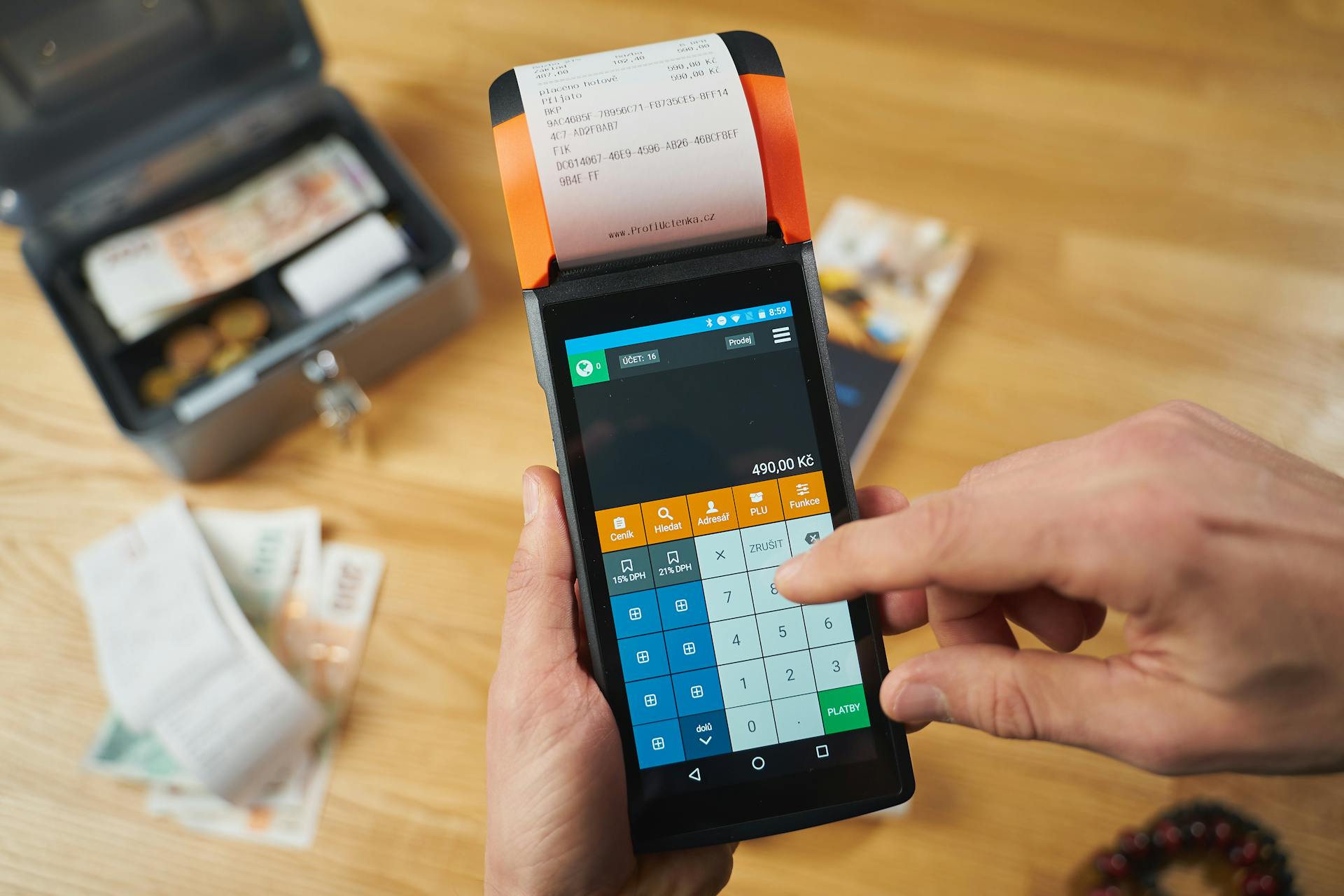
Here are some common exchange rates between the U.S. dollar and other currencies:
Note that exchange rates can fluctuate constantly, and the rates listed above may not be accurate at the time of reading.
Key Information
The dollar to birr currency exchange involves several key concepts to understand. The exchange rate is the value of one currency expressed in terms of another, which in this case is the US dollar (USD) and the Ethiopian birr (ETB).
To get the best exchange rate, it's essential to know the bid and ask prices. The bid price is the price a buyer is willing to pay for a unit of currency, while the ask price is the price a seller is willing to accept. This difference between the bid and ask price is called the bid-ask spread.
The bid-ask spread is a crucial factor to consider when exchanging currencies. Theoretically, buyers want the smallest possible spreads, while sellers want the highest spreads. However, in real-world currency exchanges, brokers, banks, or businesses typically set their own exchange rates with bid-ask spreads that return a percentage as profit.
Here's a list of the major currencies, which generally stay the same year-to-year:
- U.S. dollar (USD)
- Euro (EUR)
- Japanese yen (JPY)
- British pound (GBP)
- Australian dollar (AUD)
- Canadian dollar (CAD)
- Swiss franc (CHF)
The Ethiopian birr is considered an exotic or thinly traded currency in the foreign exchange market.
Important Key Terms
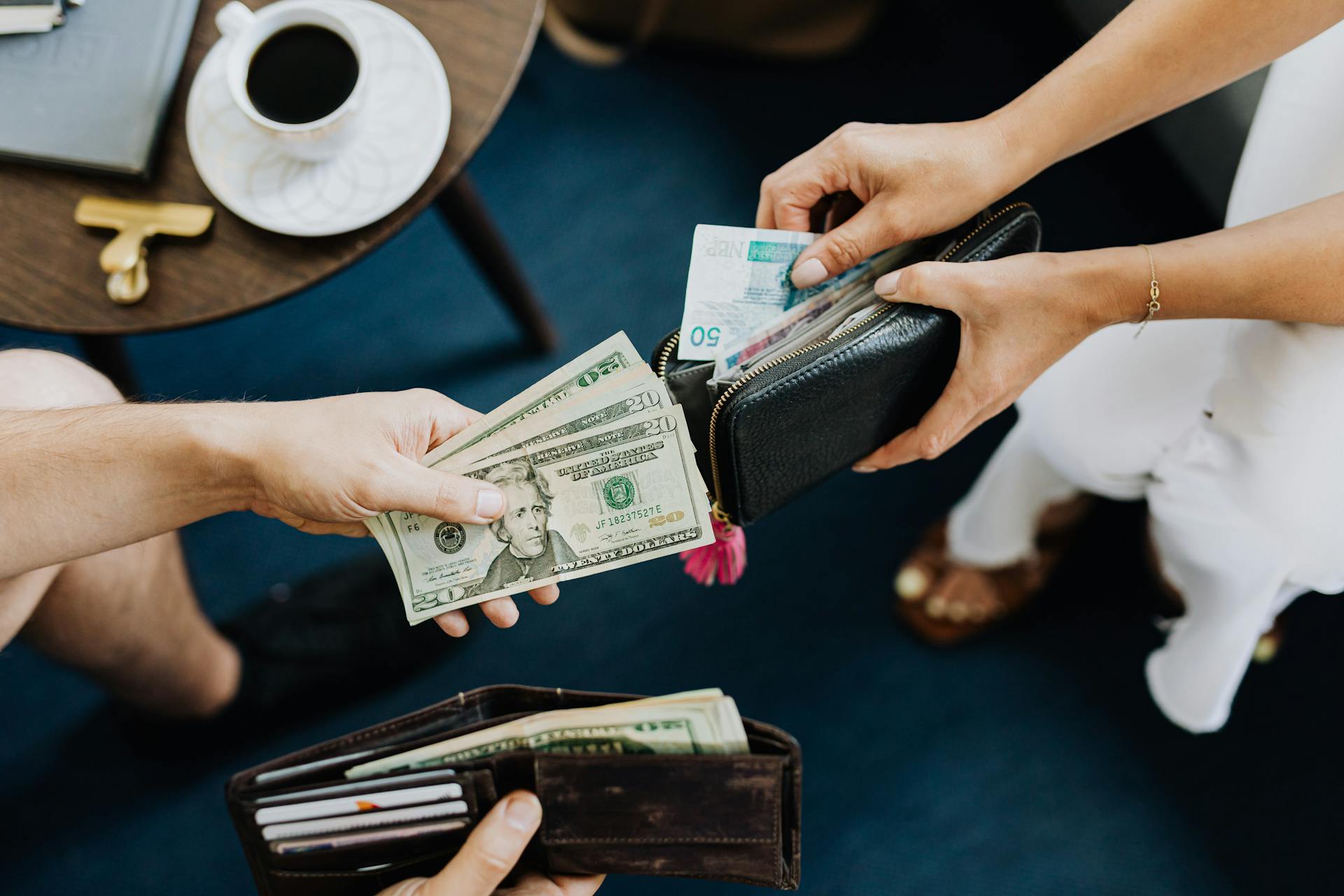
The foreign exchange market can be overwhelming, especially for beginners. Exchange Rate is a fundamental concept to understand, it's the value of one currency expressed in terms of another.
To navigate the forex market, you need to know the difference between the Bid Price and the Ask Price. The Bid Price is the price a buyer is willing to pay for a unit of currency.
The Bid-Ask Spread is the difference between the Bid and Ask Price, and it's essential to understand that buyers want the smallest possible spreads, while sellers want the highest spreads. This spread can vary depending on the broker or bank you're working with.
A Pip is the smallest unit of value in a Bid-Ask Spread, and it's used to measure the difference between currency quotes. For example, 3 pips are the difference between the currency quote of EUR/USD 1.2800/1.2803.
Currency Pair is a quote of the relative value of one currency unit against another, and it's essential to know the Base Currency and the Quote Currency. The Base Currency is the first currency in a currency pair, while the Quote Currency is the second.
Interbank Rate is the wholesale exchange rate that banks use between themselves, and it's not directly available to the general public. Major Currencies are the most traded currencies, which generally stay the same year-to-year, and they include the U.S. dollar, Euro, Japanese yen, and others.
For another approach, see: Taux De Change 100 Franc Suisse / Dollar
Key Takeaways
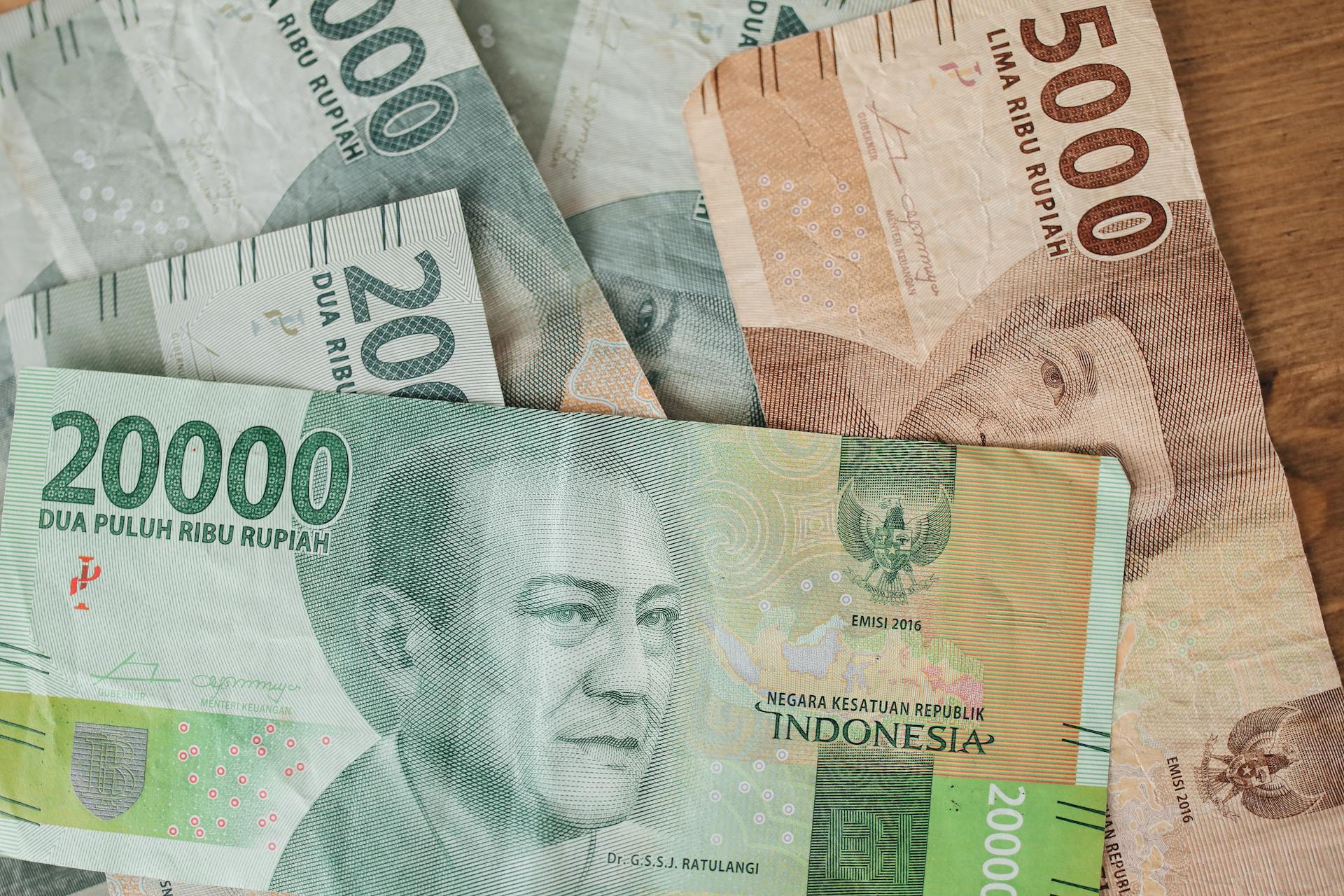
The Ethiopian birr, the national currency of Ethiopia, is issued by the National Bank of Ethiopia, which manages its value through a dirty float. This means that the value of the birr can fluctuate freely in the foreign exchange market.
The birr is considered an exotic currency or thinly traded currency in the foreign exchange market, which can make it difficult to exchange or use for international transactions. This is because it's not as widely traded as major currencies like the US dollar or euro.
The Maria Theresa thaler, named after the Empress of the Holy Roman Empire, is the first recorded currency. It's a fascinating piece of history that shows how currency has been around for centuries.
Ethiopia has a unique history, having avoided European colonialism through a series of Muslim rulers and hereditary monarchs for centuries. This is in contrast to many other African countries that were colonized by European powers.
Here's a quick rundown of some key events in Ethiopian history:
- 1987: Rebels overthrew the ruler, creating the communist-backed People's Democratic Republic of Ethiopia.
- 1991: The Ethiopian People’s Revolutionary Democratic Front (EPRDF) took power.
Frequently Asked Questions
How much is $1 US in Ethiopia?
As of December 31, 2024, $1 US is equivalent to 127.64 Ethiopian Birr. Check our live currency converter for the latest exchange rates and charts.
Featured Images: pexels.com
